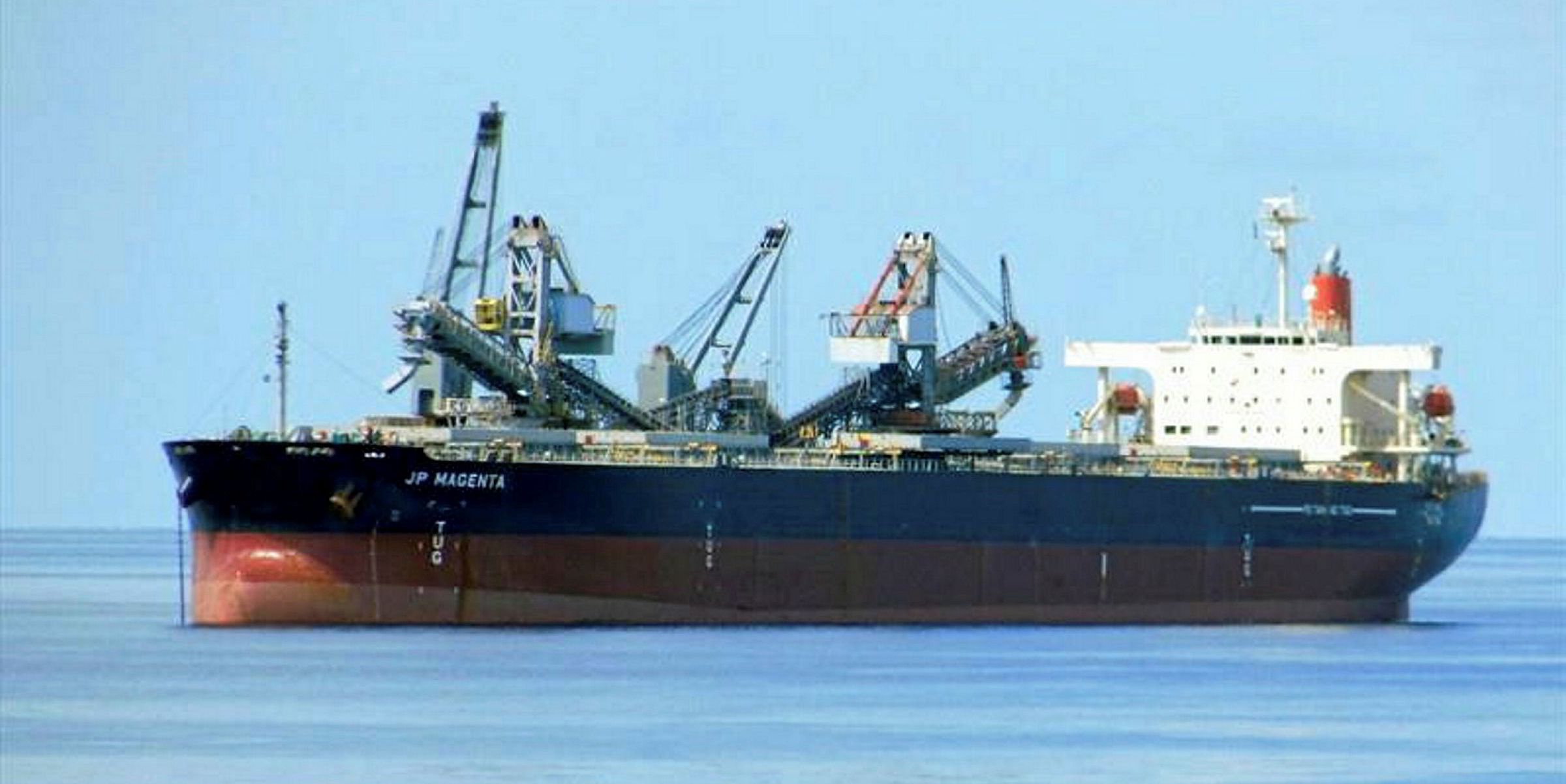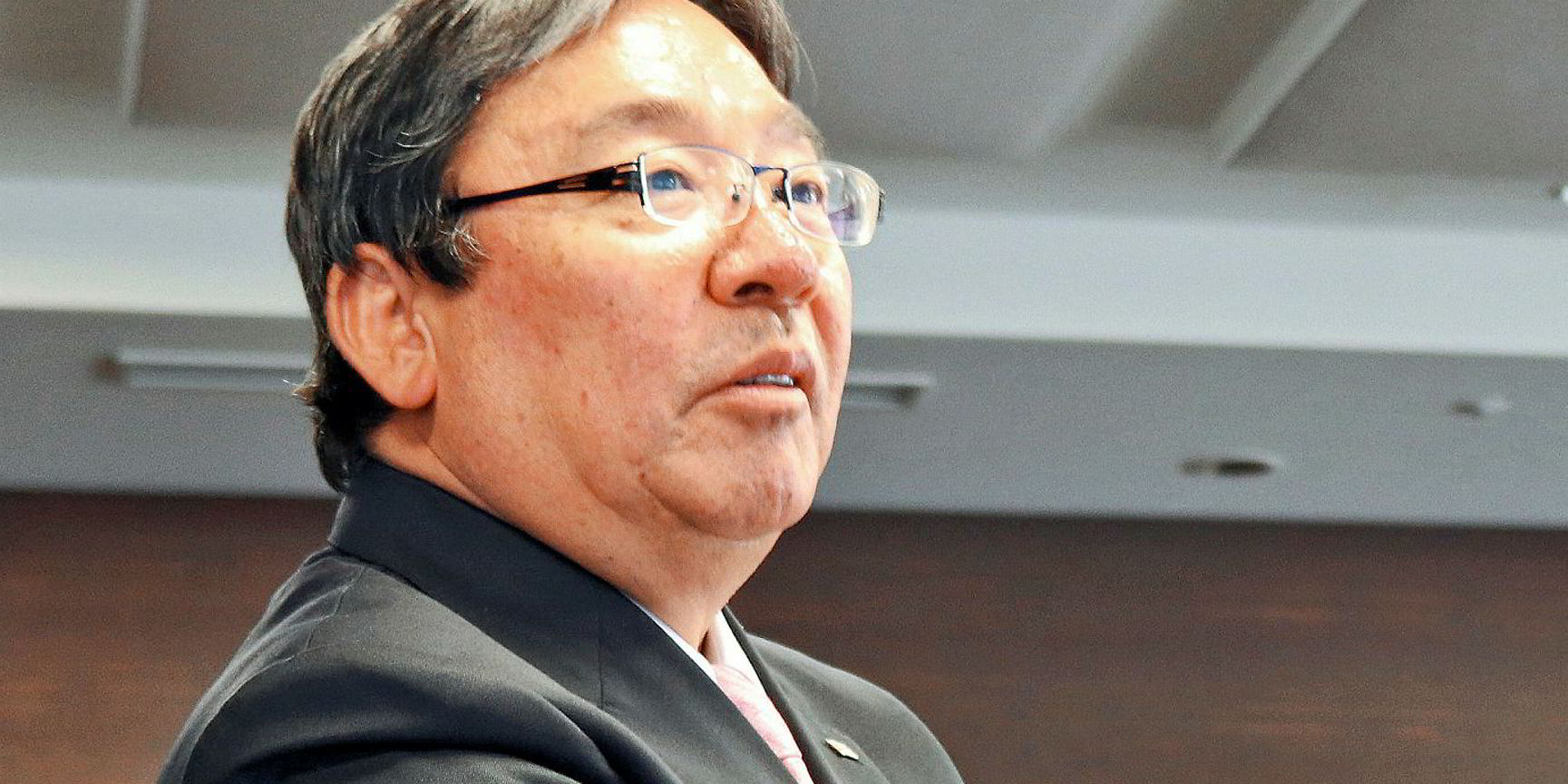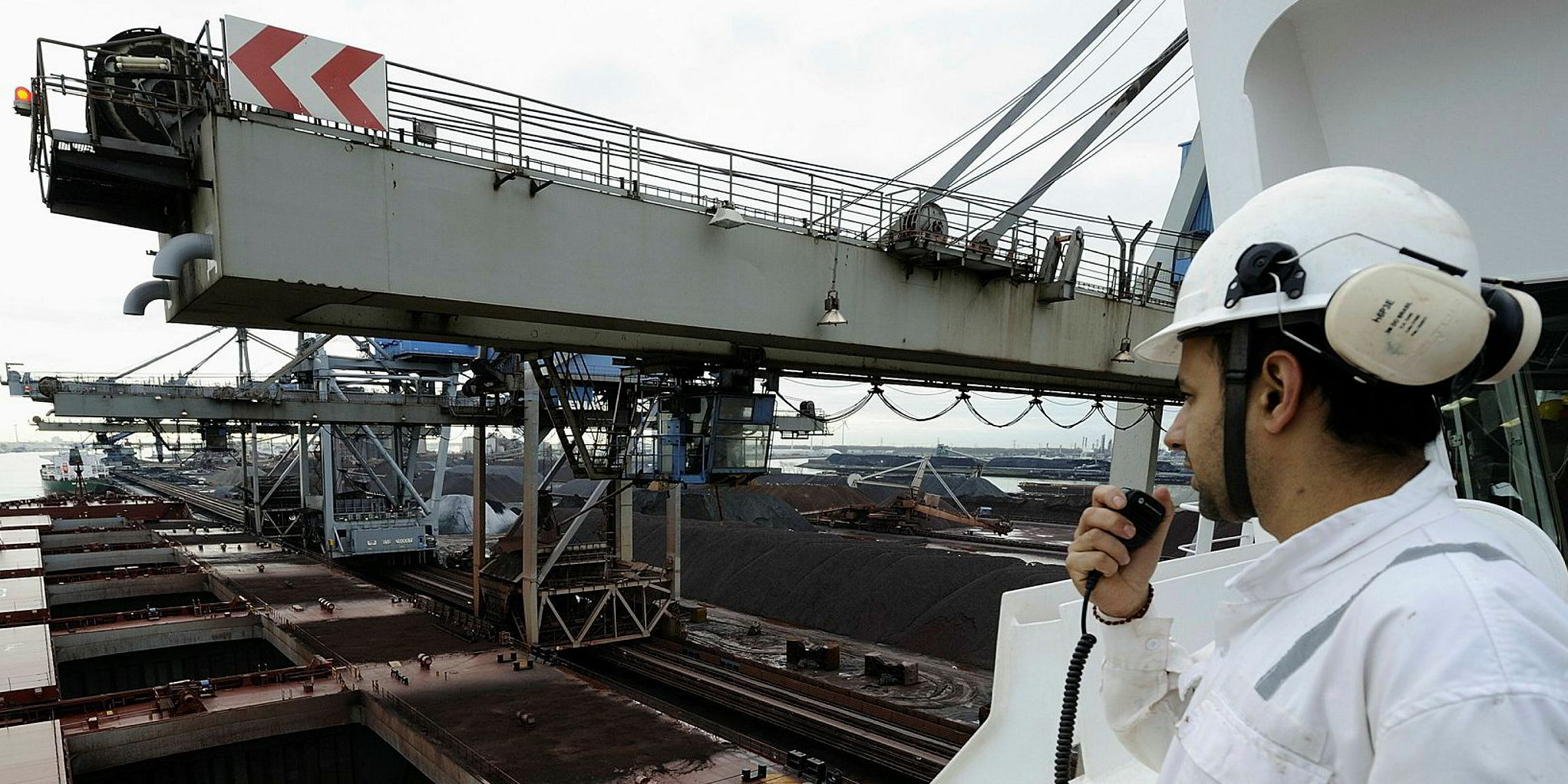Japanese dry bulk operators are unleashing a plethora of post-panamax bulkers onto the sale-and-purchase market as steel production in Japan falls to its lowest levels since 2009.
Well-placed shipbroking sources said that as Japan’s steel mills scale back production and furlough personnel at production facilities, contracts of affreightment are not being renewed, leaving operators with excess capacity.
Post-panamax bulkers have been especially hard-hit by the contraction in the Japanese steel sector. Described as “versatile workhorses”, these ships are the primary carriers of Japan’s bauxite imports, and are also kept busy bringing coal and iron ore to small and midsize steel mills.
“Japanese bulk operators have always been ‘Japan Inc’ players. Their focus is almost exclusively on Japanese clients,” said a Singapore-based market observer.
“They don't want to switch to the open markets as rates are very low, while pure tonnage providers don't have the internal capacity to make such a switch.”
Brokers reported that an increasing number of Japanese-controlled post-panamax bulkers are appearing on the sales markets, most of which are coming from tonnage providers to the larger Japanese operators.
MOL business
A typical example cited as being on the sales lists is Bluemountain Shipping’s 88,200-dwt bulker JP Magenta (built 2005), which has spent its entire career carrying coal while in the employ of Japan's MOL.
The Imabari Shipbuilding-constructed vessel is estimated by online platform VesselsValue to be worth $7.27m, a figure that two other independent shipbrokers polled by TradeWinds said “sounds about right”.
Observers who follow the Japanese dry bulk sector said the country’s operators have been electing to hand back chartered tonnage before selling their own ships.
TradeWinds reported last week that NYK Line had reduced the exposure of its medium to long-term chartered-in bulker fleet to short-term fixtures, to just 28% versus 35% two years ago.
At the end of NYK’s fiscal year 2020, chartered-in bulkers accounted for 68% of the 361 capesizes, panamaxes and handysizes that it controlled.
Brokers said that with dry bulk still wallowing in the doldrums, an excess of Japanese tonnage on the market will put downward pressure on sale prices.
But, with Japanese vessels mostly being between 10 and 15 years of age, they are expected to attract a reasonable amount of buying interest.
Chinese buyers are said to be keen to both replace older vessels, and take advantage of the freight opportunities being offered by Chinese steel mills, which this year have being ramping up production despite the coronavirus pandemic.
China’s steel output rose 7.2% in January from a year earlier, despite an extended holiday for Lunar New Year celebrations and curbs to rein in the Covid-19 pandemic, Reuters reported in February.
This has raised concern at the Japan Iron and Steel Federation, whose chairman Yoshihisa Kitano recently warned that Chinese steel mills should adjust their output to reflect declining manufacturing activities.
Japanese steel production at a 10-year low
Platts data in April indicated that Japanese crude steel production in the past three quarters fell back to levels not seen since 2009 as the industry “grapples with downstream manufacturing and construction worksite closures brought about by the coronavirus pandemic, compounding issues faced through existing tepid domestic demand and export opportunities”.
Japan’s trade and industry ministry has projected the country's crude steel output will fall by 26% in April to June, from 19.4m tonnes in the same period of last year. This is also down by 18% from 23.6m tonnes produced in the January to March period.
Domestic demand for Japanese steel products during the April to June period is forecast to fall by 17% on the previous year to 12.9m tonnes, caused largely by reduced demand from the automotive, shipbuilding and producers, industrial machinery sectors.
Export demand is expected to drop by 21% to 5.4m tonnes.
Japan’s iron ore imports have fallen to 10-year low as a result. Data from Statistic Japan, as reported by Platts, indicated that as steel production volumes fell, first quarter iron ore imports hit a 10-year low of just 26.9m metric tonnes, down 10.1% quarter on quarter and down 6.1% year on year.
With more steel production cuts planned, and Japan’s largest producer Nippon Steel having just mothballed two large blast furnaces, imports of iron ore and other raw materials required for making steel are expected to plummet even further.
Brokers expect it is only a matter of time before Japanese-controlled capesize bulkers join their post-panamax peers on the sales block.







